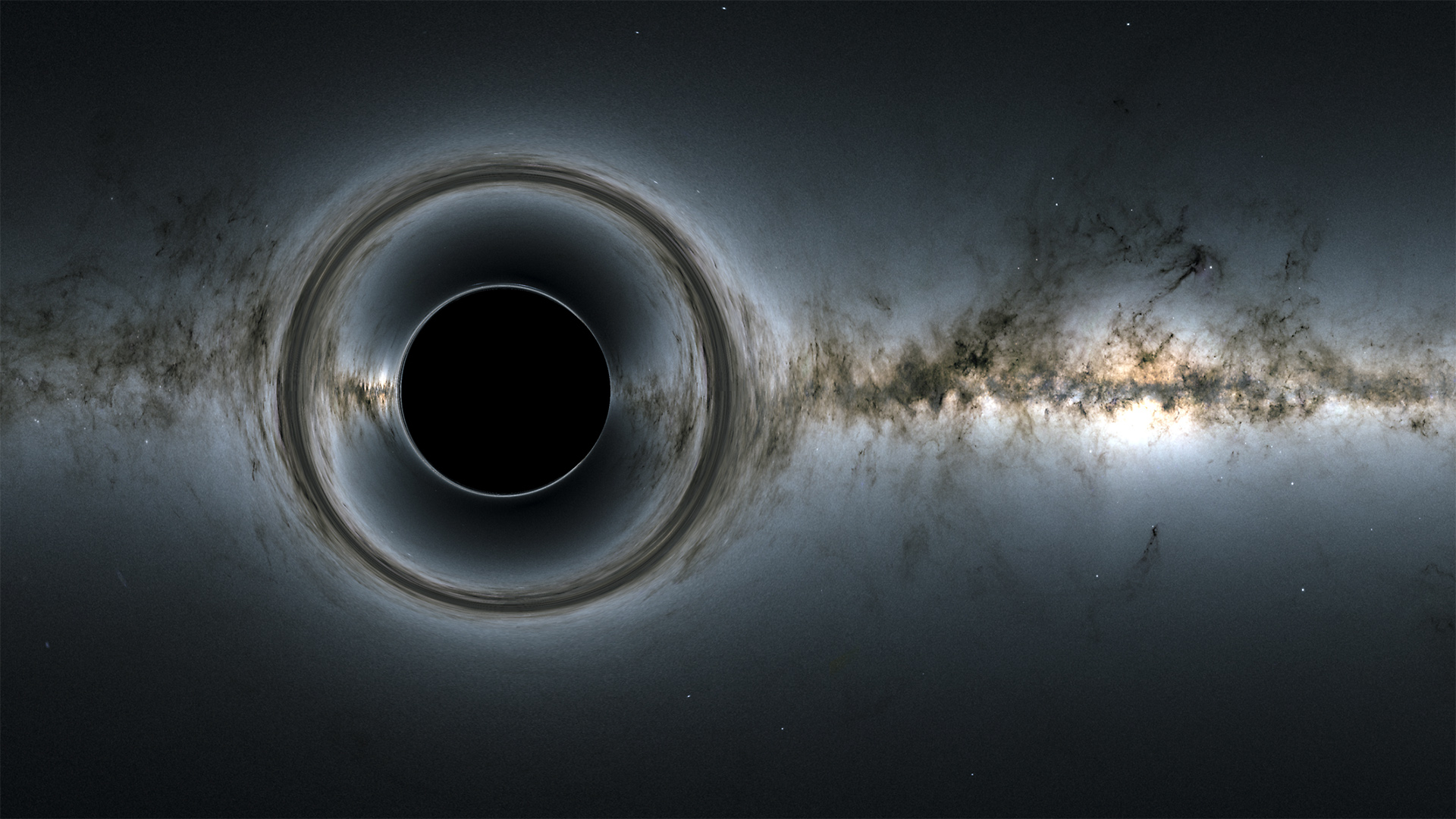What is the Connection Between M-Theory and Black Holes?
Black holes are some of the most mysterious and fascinating objects in the universe, and M-theory may hold the key to understanding them.
According to M-theory, black holes are actually the result of two-dimensional membranes (or "branes") collapsing in on themselves. These branes exist in a higher-dimensional "bulk" or "hyperspace," and their behavior in this bulk can explain the properties of black holes.
In traditional theories of black holes, it is believed that the singularity – the point at which the mass of the black hole becomes infinite – is the key to understanding their behavior. However, M-theory suggests that the singularity is not actually a physical point, but rather a region where the laws of physics break down.
One of the key features of M-theory is the concept of dualities, which are symmetries between different versions of string theory. These dualities allow physicists to translate problems and solutions from one version of the theory to another, potentially leading to a deeper understanding of the fundamental nature of the universe.
In the case of black holes, M-theory suggests that there may be a duality between the singularity at the center of the black hole and the event horizon – the point beyond which nothing, not even light, can escape the black hole's gravitational pull. This duality may allow physicists to understand the behavior of black holes in a new way, and may even provide insights into the fundamental nature of space and time.
Despite its complexity and the fact that it is still a work in progress, M-theory remains an active area of research and has attracted a great deal of attention from physicists and mathematicians around the world. While it has yet to be fully confirmed or tested, M-theory has the potential to revolutionize our understanding of the universe and the fundamental laws of nature, including our understanding of black holes.





